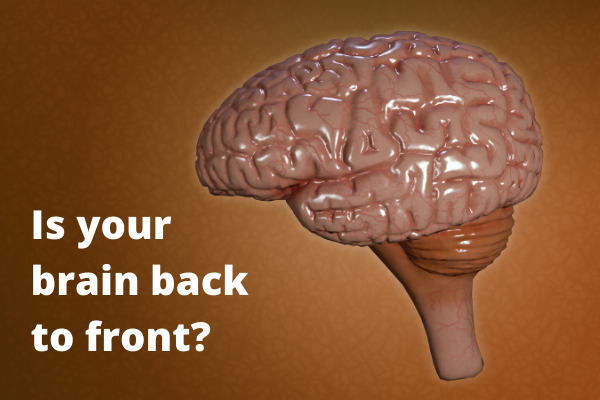
British businesses will spend this weekend on tenterhooks as they wait for Monday’s announcement from the Government about the ending of lockdowns. For the past couple of weeks, the mutterings from 10 Downing Street suggest that the so-called “freedom day” will not happen. Indeed, yesterday there were “rumblings” implying that the COVID restrictions would remain in place for a further month.
If that happens, many businesses will inevitably collapse. Already British Airways has furloughed thousands of workers in anticipation that things will not return to normal anytime soon. Meanwhile, the theatrical impresario Lord Lloyd Webber has said he will re-open his London theatres whatever happens and that he’s prepared to go to jail if necessary.
This weekend the Government faces an agonising decision. Do they open up everything, removing the restrictions to help businesses and alleviate the psychological distress of lockdown? Or do they keep things restricted to prevent a third wave of COVID? The Cabinet Ministers will have the voices of the Government advisers in their ears. They have said a third wave could be as bad as the recent peak of disease that brought hospitals to their knees.
It is a difficult decision, and I suspect, one that you would not want to make. Our only hope is that the Prime Minister, Boris Johnson, has a brain that is back to front.
The back of your brain is where vision is processed. You don’t actually “see” with your eyes. They just convert light into electrochemical signals that are then unscrambled by the part of your brain at the back of your head. That’s where you see things, in what is called the “visual cortex”.
The front of your head is where you make decisions. In particular, an area called the “left prefrontal cortex” is the key trigger point for decision-making. That’s the part of the brain above your left eye.
This week, new research from neuroscientists at the University of Exeter has demonstrated that people who have connections between their visual cortex and their prefrontal cortex are among the world’s most successful people. Top achievers appear to have higher numbers of connections between the back of their head and the front of their head.
I remember coaching Olympic athletes – yes, honestly – some years ago. I was working on behalf of their sponsor to help these young sports stars communicate. The aim was that they would give a better impression on TV interviews for their sponsor. As I chatted with one of the British hopefuls for the 100m, I asked what he thought about as he waited on the start line. “Nothing,” he said, “all I can see is me going through the finishing line.”
Like all the other athletes I trained for their sponsor (a well-known credit card company), he had a clear vision of the end-game. You have probably heard motivational speakers tell you about the need to visualise your success. No doubt you have listened to business leaders tell you to think about the bigger picture. The ability to visualise appears to be a common feature of success.
That is what the Exeter research has confirmed. However, crucially, it has shown that many people cannot visualise. They cannot see the bigger picture, nor can they see themselves in some situation in the future. According to the study, that’s because they have few connections between the back and the front of their brain.
This is where an entirely separate piece of research published this week can step in. Psychologists from the University of Oxford were investigating the ability of children to think and were trying to find out if maths education had anything to do with it. What the researchers found was surprising. It turns out that our ability to think about anything in any depth is connected with how much maths education we have received. The earlier you give up maths, the more difficult it becomes to solve problems, remember things and think generally. And the scientists found out why. It appears that mathematics helps your brain produce a specific chemical. That tiny molecule is involved in what is known as “brain plasticity”.
Brain plasticity is the process by which your brain changes. Part of that process is in the creation of new connections between different parts of the brain. You can see where I am heading with this already, can’t you?
To become a higher achiever, to become more successful, you need more connections between the back and the front of your brain. And to help create those connections, you need to do more maths because that helps produce the chemical that stimulates the connectivity.
So, we have to hope that the British Government ministers will spend the weekend doing Sudoku puzzles. That could help them make a better decision for us.
With a brain that has more connections between the back and the front, you will make better decisions. Creating those connections can be helped with mathematics. If you gave up maths years ago, it’s time to start again. Your brain will love it – and it will help you improve your chances of success. Strange as it seems, maths can help you visualise the future.

